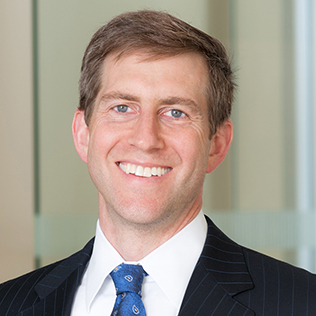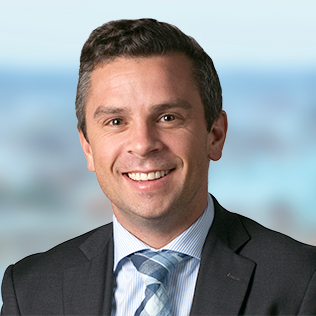Like many global fixed income sectors, the high-yield bond market has struggled mightily year to date. For example, the ICE BofA Global High Yield Constrained Index had returned a dismal -16.03% as of September 30, 2022. With any luck, 2023 will be a better year, but high-yield investors may want to exercise a measure of patience and be prepared to capitalize on market dislocations when they arise.
Maintain neutral risk posture, look to exploit market dislocations
Fortunately, I expect there to be no shortage of opportunities for investors to take advantage of high-yield market dislocations in 2023, particularly amid some of the macro risks I am watching — notably, tighter global monetary policies and debt sustainability concerns in Europe as borrowing costs rise. Broadly speaking, I believe a close-to-neutral risk posture may make sense in the coming months, but while maintaining sufficient liquidity to deploy capital at potentially more attractive high-yield valuations.
Big picture: The good, the bad, and the risky
There has been some easing of supply-chain bottlenecks and energy prices in recent months. However, global monetary policies likely will remain restrictive, in aggregate, in an effort to weaken consumer demand and thereby bring down persistently high inflation. Thus, I am closely monitoring the risk of a policy mistake by one or more central banks, as they attempt to toe the line between keeping inflation in check and not tanking their economies. In Europe, any adverse impacts on growth from European Central Bank (ECB) rate hikes should be partially offset by expansionary fiscal policies.
While I expect the macroeconomic backdrop to deteriorate further, I do not anticipate a deep global recession or a full-scale credit default cycle. Rising input costs contribute to weaker corporate fundamentals, but they also lower the cost of debt in real terms over time. Unhedged floating-interest expenses may become a concern for lower-quality companies with large floating-rate liabilities in their capital structures. The new-issue market is reopening for issuers that are willing to pay higher borrowing costs, but given the relative lack of refinancing needs, few have chosen to take advantage so far.
Following the recent high-yield market sell-off, I believe today’s lower dollar price and higher-rate setting may present attractive entry points for longer-term investors. That being said, patience may well be a virtue when it comes to increasing one’s high-yield risk exposure. Tail risks are rising in an environment of evaporating market liquidity, and I suspect that some of the economic and market excesses created by a prolonged period of low rates will become sources of volatility as they are being unwound.
Evaluate opportunities in AT1 bank securities
As of this writing, one of the best risk/reward trade-offs I observe in the global high-yield opportunity set is in the lower part of the capital structure: additional tier 1 (AT1) bank securities, a type of contingent convertible (“Coco”) bond, which offer yields in the range of 8% to 10% (Figure 1). Fundamentally, I believe the sector remains healthy overall. In addition, the risk of coupon deferral and/or principal loss appears remote, in my view, while extension risk — from the banks not exercising their call options — is already largely reflected in the securities’ prices.
As of early October 2022, the sector had been trading poorly for weeks — typical for banks during periods of economic uncertainty, but I expect it to bounce back in the months ahead. However, the current cycle is very different from most past cycles in that sector earnings actually have been rising as opposed to falling (as demonstrated by 92 consecutive weeks of earnings-per-share upgrades). I forecast this to continue given that many banks look well placed to benefit from higher interest rates.

























Monthly Market Review — October 2025
A monthly update on equity, fixed income, currency, and commodity markets.
By